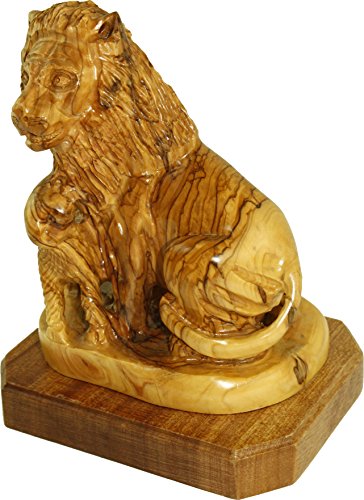Happy Tree Tuesday to all my tree loving friends out there. (FYI. "Tree Tuesday" is every day in my book. ❤☺) It's been a while since I shared. Below are items already posted on Google Plus. Using the "embed feature" to recycle the content here. Hope you like the selection.
"The oak tree is epitome of strength, it symbolizes endurance, power, and royal attributes by its sheer size."
What can we learn from trees?
Ever heard of the Judas tree?
There's the pomegranate tree and then ... there's the other pomegranate tree.
Think China will take the lead and save the planet?
Love red? Love bonsai? This is a win-win!










